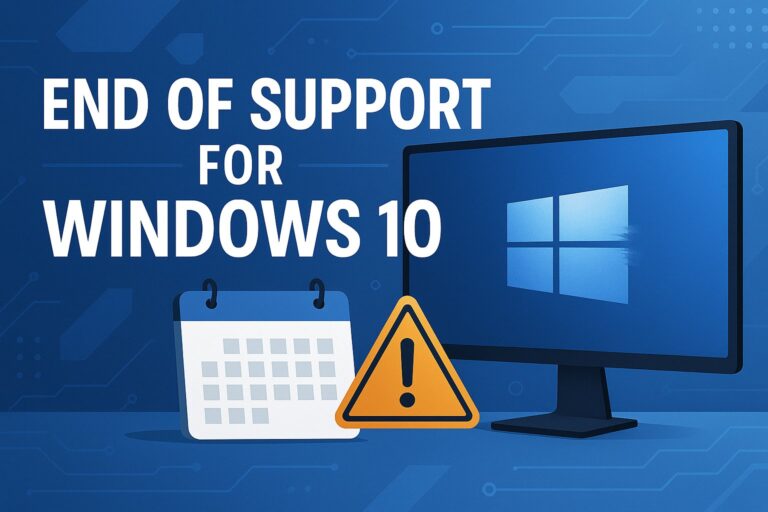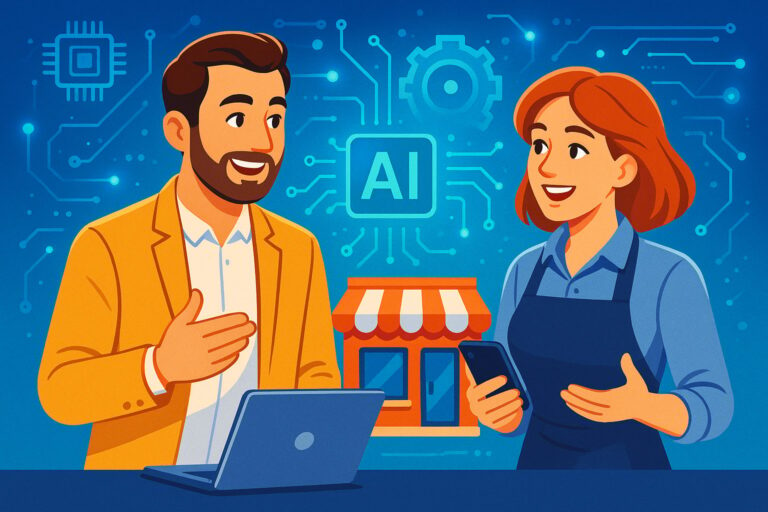Secure Phone OS: Apple iOS or Android?
The usage of smartphones has progressed in recent years, introducing new ways to create and transfer business information. Android and iOS are the two most widely-used platforms among mobile operating systems.
The iOS operating system is found only on Apple devices. Based on similar security parameters and system architecture to macOS, Apple takes pride in its ability to provide state-of-the-art technology regarding security and performance.
Android is an open-source operating system for mobiles created by Google and it is currently the world’s most used mobile operating system, with over 2.5 billion active users. Due to Android’s open-source technology, Android also prides itself on its ability to use cutting-edge technology, as most of its mobile app developers can create plugins and enhancements with online mobile development tools.
Both of these mobile operating systems are effective in providing an easy-to-use platform, but there is still the burning question: Which is the more secure OS? With this rise in mobile usage, there is a greater sense of concern about the security of mobile devices. It’s important to understand how you are using your device and what measures can be taken to protect it.

Android vs. iOS: Which Is More Secure?
According to Apple, a user’s Apple ID and all Apple services are designed from the ground up to protect privacy. From the perspective of privacy and its ground-up policy of restraint and security controls, iOS is often the operating system of choice for those who are in need of better security. This preference extends to security professionals and enterprise users, where workplace security policies and device management requirements make iOS a better fit. iOS is the more secure platform and does a better job protecting and securing your data and personal information.
What Are the Security Advantages/Disadvantages of iOS?
The biggest advantage that iOS has over Android is that it is a closed ecosystem and the hardware and software are made by the same company. Apple doesn’t need to focus on supporting thousands of different devices with different types of components that use their own drivers. Ecosystems are becoming more reliable. Today, users are the most vulnerable entry point. However, every user can follow some best practices in order to limit risks. Apple has dedicated teams that work to resolve vulnerabilities.
Android leaves this responsibility up to the open-source developers, who customize the code to support the devices that they build. Different developers have different levels of cybersecurity expertise and processes, which leads to various levels of security among different Android devices. This can open up a multitude of potential vulnerabilities. In addition, the only way to install apps on the device is through the App Store. Apps on the App Store are carefully vetted to make sure there is no malware inside the application.
Although the vetting process is not perfect, having only one store that is centrally controlled minimizes the potential for malicious apps to be installed on devices. The one downside to being a closed-source operating system is that Apple’s code can’t be scrutinized for security like Android can, as people outside of Apple don’t have access to the source code.
What Are the Security Advantages/Disadvantages of Android?
One security advantage of Android is that it is open source. What does this mean for Android users? This means that developers can scrutinize the code and identify and report vulnerabilities. The downside to being open source is that the end-product manufacturer is ultimately responsible for making sure the modified Android code that is installed on their device is secure, as the end-product manufacturer needs to modify the code to make it work with their device.
As you would expect, not every developer or end product manufacturer sets their security standards on the same level. Some developers and manufacturers have set their security standards at the minimum, while others set their standards at the maximum, so the security posture of devices will vary between manufacturers. In addition, Android does not restrict users to purchasing apps only from the Google Play store. Apps purchased from third-party sources that may not scrutinize apps as much may have malicious codes.
To be the most secure, Android users who turn to third-party apps need to make sure they purchase products from manufacturers and app stores that have the best security practices.
Which OS Update Has Had the Worst Security Flaws?
One of the worst vulnerabilities in mobile OS history was the Stagefright vulnerability in 2015. Vulnerabilities in the Android multimedia framework allowed attackers to remotely compromise devices with ease.
An attacker could gain complete control of an Android device by sending an MMS message. The exploit only required knowing the victim’s phone number. The vulnerability required no interaction on behalf of the user, which allowed malicious actors to take control of the device, compromising any data stored on the devices. Combined with other vulnerabilities, malicious actors also had the ability to compromise accounts that were accessed by the device.
Between Android and Apple, Which App Store Is More Secure?
Although neither is 100% secure, Apple gets the advantage. Apple’s high level of scrutiny combined with the increased privacy measures that Apple has added to the operating system lowers the chances that your personal information and data will be compromised.
With Google’s Play Store playing host to malicious code, mobile applications from developers leveraging Android’s open-door policy, and Android’s settings allowing users to download and install apps from third-party app stores, the iOS app and malware vulnerabilities do not cause as much of a stir as Android.
As more users beyond the corporate sector turn to iOS devices, and as iOS devices achieve wider distribution, cybercriminals will eventually shift their attention to Apple’s platform.
Is Android’s Open-Source Code a Weakness or a Strength? Why?
While open source does its benefits, it opens additional layers of vulnerability given that multiple companies share the responsibility for security and updating the operating system. That lack of uniform control increases the chances that a vulnerability is created.
Android’s approach to software development makes application vetting hard to achieve. With Android’s massive user base and high profile, it continues to be an attractive target for malicious actors. With the fragmentation of the operating system into several variants and the lack of control over who can make modifications, it’s no surprise that there have been cases of Android devices shipping with malware or fake app stores pre-installed.
Overall, cybercriminals are creating and distributing new malware every day, and they are targeting both Android and iOS. Given its open-source nature, Android is more vulnerable to these mobile malware attacks than iOS. Developers and end-product manufacturers must think about the specific versions of iOS and Android while assessing mobile platform security.
Staying Safe on Android and iOS
Both mobile operating systems have their vulnerabilities and both have had things go against them. What we want you to take from this is that keeping either mobile operating system up to date and following best practices when it comes to security is imperative. Whether you have an Android or iOS device, you are aware of some of the things you need to do to stay safe on your device, and this may include updating your passwords, enabling Multi-Factor Authentication, and updating your device.
To keep your Android or iOS device safe, we recommend only downloading apps from trusted sources. The best way to do this is by downloading apps directly from Apple’s App Store for iOS and Google Play for Android. Both app stores have security measures in place that help protect you from potentially malicious apps.
Apple takes measures to encrypt all the data in iMessage and Apple’s other apps. Apple users can also send and receive messages securely due to encryption. This means Apple users’ outgoing messages are individually encrypted for each of the receiver’s devices.
Today, the mobile apps that are keeping users the most engaged are storing sensitive personal and business data. While developing mobile apps, developers must compare iOS and Android platforms based on a set of specific criteria, including security. 2022 may see speedy updates taking a high position, with many businesses and organizations experiencing major security breaches and ransomware attacks in 2021.
Data privacy and protection are being placed at the forefront, and Android is already behind in the updated world. On the other hand, Apple has been working on taking security to the next level in 2022 and beyond, especially with its Multi-Factor Authentication, Touch ID, and Face ID. Apple’s oversight of its mobile apps has added to its ability to send out quick updates to its devices, and this adds to Apple’s competitive edge over Android.
The goal of any cybercriminal is to find vulnerabilities in any area. Finding one vulnerability gives cybercriminals an opportunity to infect any device with malware that could steal sensitive and confidential data or infect other devices on your network. Alliance Technology Partners helps businesses safeguard their operations from cyber threats, while fully utilizing technology to gain a competitive edge. Contact us today to find out how we can help your business get the answers it needs regarding securing your devices.
Thanks to our friends at Baroan Technologies in New Jersey for their ongoing help with our website content.


